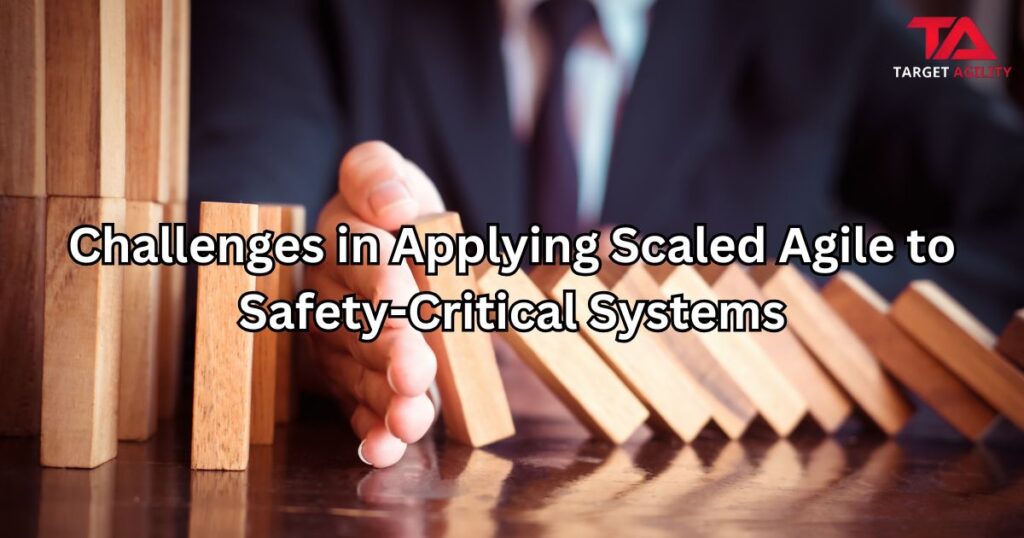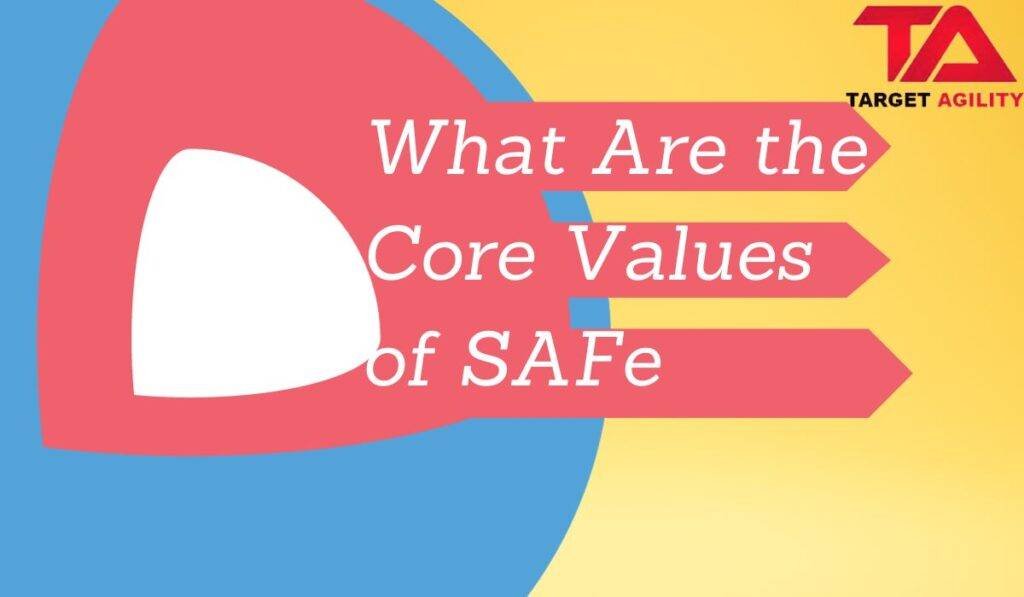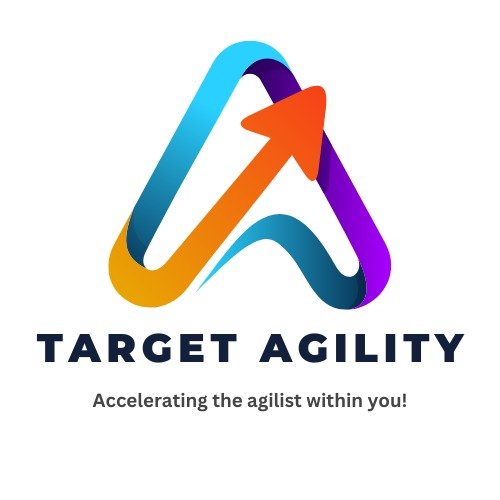Agile Portfolio Management with SAFe 6.0

In today’s fast-changing business world, companies need to be quick, flexible, and focused on delivering value. That’s why many organizations are turning to SAFe 6.0—the latest version of the Scaled Agile Framework—to manage work across teams and departments. A key part of SAFe is Lean Portfolio Management (LPM), which helps organizations connect big-picture strategy with day-to-day work. Why Traditional Project Management Falls Short Old-school project management often involves long planning cycles, strict budgets, and slow decision-making. This can lead to delays, wasted money, and work that doesn’t match business goals. Agile helps solve this by breaking work into smaller pieces, encouraging collaboration, and adapting to change. But when large organizations try to go agile, they need a structured way to scale it. That’s where SAFe 6.0 and Lean Portfolio Management come in. What is Lean Portfolio Management (LPM)? LPM helps organizations make sure the work being done actually supports their goals. It focuses on using resources wisely, managing teams smoothly, and measuring progress in a way that reflects real business value—not just tasks completed. LPM in SAFe 6.0 has three main parts: Benefits of Using LPM with SAFe 6.0 Using Lean Portfolio Management with SAFe 6.0 can bring many advantages: Getting Started with LPM Adopting LPM is more than just changing tools—it’s about changing how people think and work. Here are some steps to begin: Conclusion Lean Portfolio Management in SAFe 6.0 helps organizations stay aligned, move faster, and focus on what really matters. It connects long-term strategy with everyday work, making agile practices stronger and more effective. Whether you’re new to SAFe or already using it, adding LPM can help you deliver more value with less waste.
Challenges in Applying Scaled Agile to Safety-Critical Systems

The automotive industry and other sectors developing safety-critical systems are increasingly using scaled agile methods like SAFe (Scaled Agile Framework) and LeSS (Large-Scale Scrum). These frameworks offer flexibility, faster delivery, and better teamwork. However, applying agile while meeting strict safety and compliance rules is challenging. Companies must handle issues like traceability, continuous compliance, and organizational flexibility. This article explores these challenges and offers practical solutions. Challenge 1: Keeping Track of Changes In safety-critical systems, tracking all requirements, code, and tests is crucial. Traditional waterfall methods ensure everything is documented, but agile’s evolving approach makes this harder. Problems: Solutions: Challenge 2: Staying Compliant in Agile Development Rules like ISO 26262 for automotive safety require extensive documentation and reviews. Agile’s fast-paced approach doesn’t always fit well with these demands. Problems: Solutions: Challenge 3: Balancing Flexibility and Safety Rules Agile focuses on quick changes and decentralized decision-making, while safety-critical systems need structured, careful reviews. This conflict can make agile adoption difficult. Problems: Solutions: Conclusion Applying scaled agile to safety-critical systems, like those in the automotive industry, is challenging but possible. By using automated tracking, ensuring continuous compliance, and balancing agility with safety rules, companies can successfully merge agile methods with safety requirements. The key to success is a smart mix of flexibility and structure, ensuring both innovation and reliability.
SAFe Core Values Made Easy: The Building Blocks of Agile Success

In a fast-paced world, businesses want to stay competitive and make customers happy. To do that, they turn to Agile principles and frameworks like the Scaled Agile Framework (SAFe). SAFe has become popular for helping big organizations be more Agile. At the heart of SAFe are its core values, which are like the rules that make it work. In this blog, we’re going to dive into these core values of SAFe and see why they are so important for companies that want to change and succeed in today’s tough business world. 1.Working Together The first core value of SAFe is all about making sure that everyone in the company is going in the same direction. It’s like having a team huddle where everyone knows what the goal is. In SAFe, this is done through things like setting a common goal and planning big work cycles. This helps all teams and people in the company work together toward the same mission. 2.Quality Matters The second core value, “Quality Matters,” is all about making sure the work is good from the start. It’s like building a strong and reliable car that doesn’t break down. In SAFe, we use things like testing early and putting the work together often to make sure it’s high quality. This helps avoid mistakes and makes the product or service better. 3.Sharing Is Caring The third core value, “Sharing Is Caring,” is about being open and honest with everyone in the company. It’s like having a super clear glass window, not a foggy one. In SAFe, we use things like sharing progress and problems openly. This creates a culture where people can talk to each other easily and ask for help when needed. 4.Getting the Work Done The fourth core value, “Getting the Work Done,” is about being effective and efficient when doing the work. It’s like a well-organized sports team that scores goals quickly. In SAFe, we use tools and ceremonies like planning and teamwork to make sure the work gets done well and on time. 5.Think Agile The fifth and most important core value is called “Think Agile.” It’s about changing the way you and your company think about work. It’s like shifting from old-fashioned ways to modern, flexible ways. In SAFe, we encourage teams and leaders to think in an Agile way, which means being open to change, focusing on customers, and always improving. Why the Core Values Matter Understanding these core values is super important for companies trying to be more Agile. Here’s why they matter: Conclusion SAFe’s core values are the building blocks that make the framework work. They are the foundation for changing and succeeding in today’s business world. By focusing on working together, making quality a priority, being open, getting work done well, and thinking in an Agile way, companies can use SAFe to its fullest and succeed in a world that keeps changing. These core values are the secret sauce to making SAFe work for your company.

